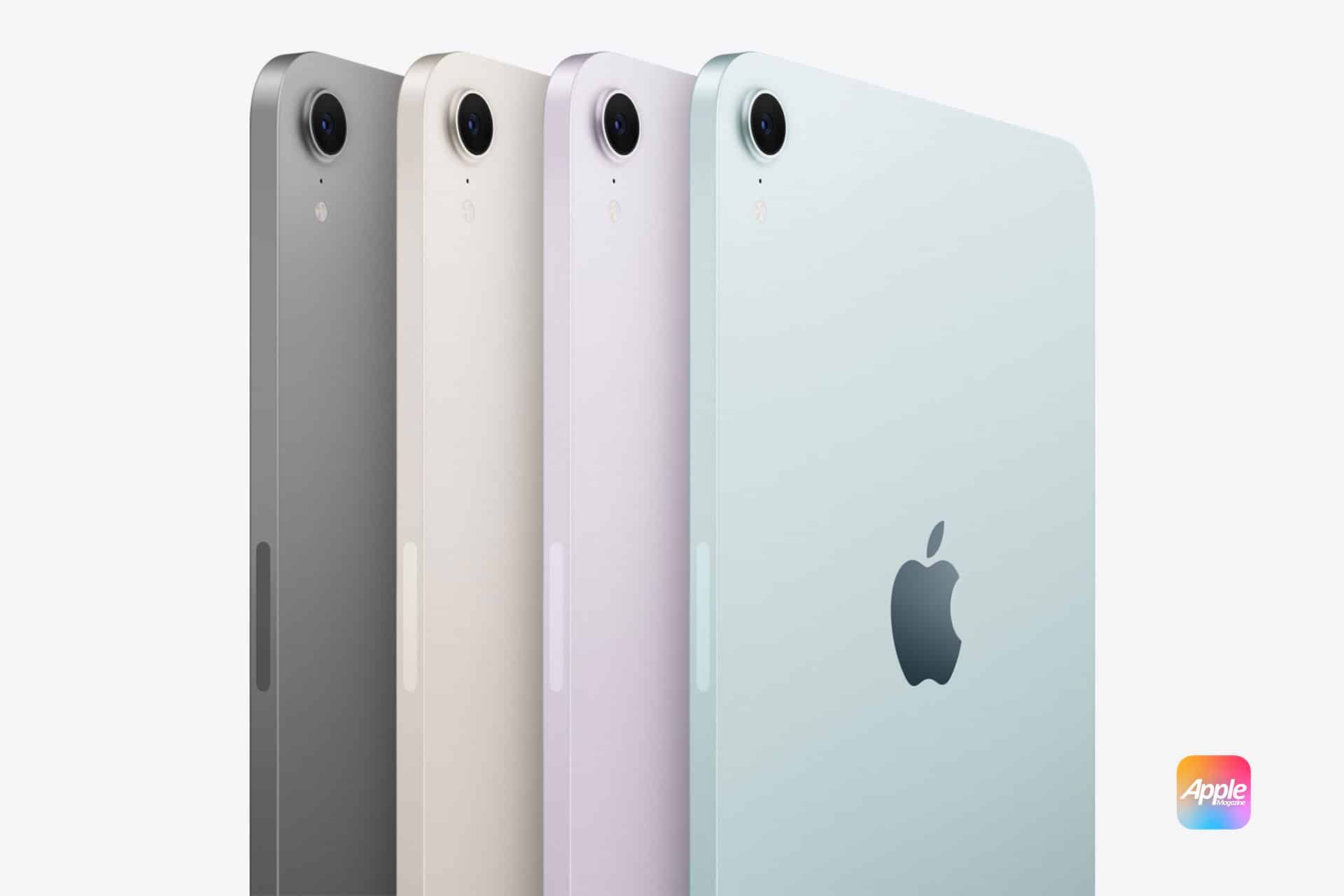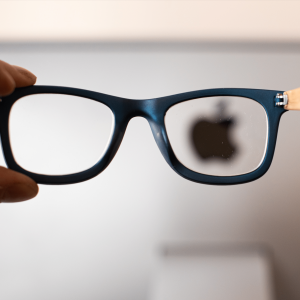The iPad occupies a unique role in Apple’s product family, bridging the gap between portable devices like the iPhone and more powerful offerings such as the MacBook. This versatility has made the iPad indispensable for consumers and professionals alike, offering a blend of mobility, functionality, and performance.

A Device for Every User
One of the reasons behind the iPad Market Position is Apple’s ability to cater to different audiences. From the entry-level iPad and iPad mini to the high-performance iPad Pro, the lineup offers something for everyone. Students, creatives, professionals, and casual users all find value in the iPad’s flexible design and capabilities.
The iPad’s strength also lies in its seamless integration with Apple’s network of services, including iCloud, Apple Pencil support, and apps like iWork and Procreate. This connectivity enhances productivity and creativity, making the iPad a preferred choice for users seeking a multi-functional device that complements their workflow.
Key Factors Driving the iPad’s Success
Despite its slowing growth, the iPad continues to play a vital role in Apple’s revenue. Its longevity in the market can be attributed to several factors that ensure its relevance even in a competitive landscape.
The iPad’s adaptability is one of its strongest assets. It serves as a reading device, a portable workstation, and even an entertainment hub. Apple’s continuous updates to iPadOS have further expanded its functionality, adding features like multitasking and external display support, making it more versatile than ever.
The shift to remote work and online education during the pandemic highlighted the iPad’s value as a tool for productivity and learning. Features like Apple Pencil compatibility and apps for note-taking and virtual collaboration helped solidify the iPad’s importance in these sectors.
Apple’s reputation for quality ensures that the iPad remains a long-term investment for many users. The durable hardware, paired with regular software updates, gives the iPad a lifespan that surpasses many of its competitors. This reliability builds consumer trust and loyalty, keeping the iPad relevant even as new models are introduced.
Challenges Facing the iPad
While the iPad market position is impressive, it has not been immune to challenges. From market saturation to competition from other devices, Apple must navigate these hurdles to secure the iPad’s future.
The tablet market as a whole has faced a slowdown, with declining year-over-year sales growth. For the iPad, this has meant fewer unit sales, even as revenue remains significant. This trend is partly due to the durability of iPads, which reduces the need for frequent upgrades, and competition from hybrid devices like Microsoft’s Surface lineup.
The rise of large-screen smartphones, or “phablets,” has also impacted the iPad. These devices, offering nearly tablet-sized screens, cater to users who prefer a single device for both communication and entertainment, potentially reducing the demand for tablets.
In regions where affordability drives purchasing decisions, the iPad’s premium pricing can be a barrier. While Apple offers entry-level models, competition from more affordable Android tablets often takes precedence in emerging markets, limiting the iPad’s reach.
Apple’s Strategy for Sustaining the iPad
To maintain the iPad market position, Apple has adopted several strategies aimed at both innovation and market expansion. These efforts are designed to ensure the iPad remains competitive while addressing its challenges.
Apple continues to position the iPad Pro as a laptop alternative, adding features like M-series chips, advanced displays, and Magic Keyboard support. These enhancements target professionals who need power and portability, creating a distinct niche for the iPad Pro.
The evolution of iPadOS has been instrumental in transforming the iPad from a consumer device to a productivity powerhouse. Features like Stage Manager, multitasking enhancements, and better external monitor support bring the iPad closer to a desktop-like experience, appealing to users looking for a versatile productivity tool.
Apple’s commitment to accessibility ensures the iPad remains inclusive, catering to individuals with diverse needs. Additionally, Apple’s focus on education, including discounts for students and schools, positions the iPad as a key tool for learning environments, fostering long-term loyalty among younger users.
Innovations on the Horizon
Apple’s innovation pipeline suggests exciting possibilities for the iPad’s future. By integrating emerging technologies and adapting to market trends, Apple aims to reinforce the iPad’s status as a must-have device.
As augmented reality (AR) and artificial intelligence (AI) become more mainstream, the iPad is well-positioned to adopt these technologies. Features like ARKit and AI-powered photo editing tools could further enhance the iPad’s capabilities, keeping it ahead of competitors in both the consumer and professional segments.
Apple’s focus on sustainability is evident in its product designs, and the iPad is no exception. Incorporating recycled materials and reducing the carbon footprint of production align with consumer preferences for eco-friendly devices, strengthening the iPad’s appeal.
The iPad’s Role in Apple’s Long-Term Vision
The iPad market position reflects its significance not just as a revenue driver but also as a cornerstone of Apple’s long-term strategy. As part of a broader network of devices, the iPad plays a pivotal role in ensuring users remain engaged with Apple’s products and services.
The iPad’s seamless integration with other Apple devices reinforces brand loyalty, encouraging users to stay within the Apple network. Whether it’s syncing with an iPhone or using AirDrop to share files with a Mac, the iPad enhances the overall Apple experience.
As Apple shifts its focus toward services, the iPad acts as a gateway for users to access subscriptions like Apple Music, iCloud, and Apple TV+. This synergy ensures that the iPad contributes to Apple’s growing services revenue, even as hardware sales fluctuate.
iPad Market Position in a Changing Tech Landscape
Despite facing challenges like market saturation and competition, the iPad market position remains a testament to its enduring value and versatility. From students and creatives to professionals and casual users, the iPad continues to serve a diverse audience, cementing its place as Apple’s second-largest device by revenue.
As Apple invests in innovation, accessibility, and professional-grade features, the iPad is poised to remain relevant in a rapidly evolving tech landscape. With its ability to adapt to changing user needs and its seamless integration within Apple’s network, the iPad is more than just a tablet—it’s a cornerstone of Apple’s vision for the future.











